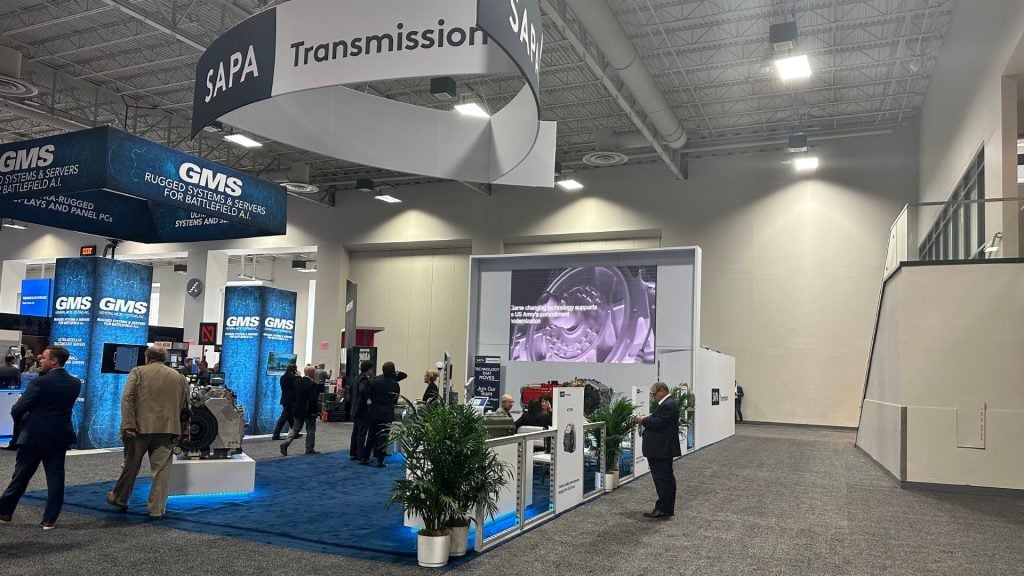
Introduction
Content marketing has become a powerful tool in the trade show industry, enabling exhibitors to engage with their audience before, during, and after the event. Whether you’re looking to attract more visitors to your booth or establish your brand as an industry leader, integrating content marketing into your trade show strategy can elevate your success. Here’s how you can leverage content marketing for trade show triumph.
1. Pre-Show Content: Building Anticipation
Creating a buzz around your trade show presence before the event starts is essential. Effective pre-show content sets the stage, informs your audience about your participation, and builds anticipation.
• Blog Posts and Announcements: Write blogs or press releases about your upcoming appearance at the trade show. Highlight any new product launches, demos, or special events happening at your booth.
• Social Media Campaigns: Develop a content calendar to post regular updates across LinkedIn, Instagram, Twitter, and Facebook. Use teasers, behind-the-scenes images, or countdowns to build excitement.
• Email Marketing: Target existing clients and prospects with personalized emails. Include information about what they can expect from you at the show and any exclusive opportunities for in-booth meetings.
• Landing Pages: Create a dedicated landing page on your website specifically for the trade show, where visitors can register for demos, book meetings, or download relevant resources.
2. In-Booth Content: Enhancing Engagement
Once the trade show begins, the key is to engage visitors with valuable, interactive content that resonates with them and encourages further interaction with your brand.
• Live Demonstrations: Record live product demos or presentations to use as content later. Attendees are more likely to visit your booth if you’re offering something engaging, such as tutorials, product reveals, or educational sessions.
• Interactive Touchpoints: Consider setting up digital kiosks, VR demos, or gamification stations to engage attendees while collecting valuable data. Make sure to integrate these with your overall content strategy to maximize engagement.
• Social Media Live Coverage: Post live updates, photos, and videos from the event floor. Engage with attendees through hashtags and event-specific content to increase your visibility and encourage others to stop by your booth.
• Handouts and Brochures: Provide printed or digital materials like whitepapers, case studies, or brochures to give attendees something to take home. Link these materials to your online content for post-show engagement.
3. Post-Show Content: Continuing the Conversation
Trade show marketing doesn’t end when the show closes. Post-event content ensures you stay top-of-mind with the leads and contacts you’ve made.
• Follow-Up Emails: Send personalized thank-you emails to the contacts and leads you connected with during the show. Include relevant content, such as links to recorded demos, event highlights, or product info.
• Post-Event Blogs: Write a recap of the event with key takeaways, industry insights, or highlights from your booth. Be sure to include photos and videos to make the content more engaging.
• Case Studies and Testimonials: If you’ve garnered customer testimonials or conducted any live feedback during the show, turn that into a case study or testimonial piece for your website.
• Social Media Recap: Post highlights, key moments, and thank-you notes on your social media channels. Tag attendees and other exhibitors to keep the momentum going and strengthen relationships.
4. Leveraging Content for Lead Nurturing
Content marketing can be an essential component of your post-show lead nurturing process. You’ve gathered leads, but keeping them engaged after the event is just as important.
• Nurturing Email Campaigns: Create a series of email campaigns that provide valuable content such as blog posts, product updates, or industry insights. Tailor these emails to specific segments of your leads to deliver the most relevant information.
• Retargeting Ads: Use retargeting campaigns to stay in front of prospects who interacted with your brand at the trade show. Send them to content-rich landing pages to nurture interest in your products or services.
• Video Content: Share event videos, like recorded demos or behind-the-scenes footage, with your leads. It helps them reconnect with your brand and stay interested in what you offer.
5. Measuring Success with Content Marketing
Finally, it’s essential to measure the success of your content marketing efforts during and after the trade show. Evaluate the effectiveness of your content strategy by tracking key metrics.
• Website Traffic and Engagement: Measure traffic to your trade show landing page, blog posts, and videos. Look at bounce rates, time spent on pages, and downloads of content resources.
• Lead Generation and Conversion: Track the number of leads generated through content-driven initiatives, such as meeting requests or content downloads. Analyze how these leads convert post-show.
• Social Media Engagement: Monitor likes, shares, and comments on your pre-show and event coverage posts. A high level of engagement can indicate a successful content campaign.
• Email Open Rates and Click-Throughs: Assess the effectiveness of your email marketing by reviewing open rates and click-through rates to key content like blogs, product pages, or event recaps.
Final Thoughts
Content marketing is a critical driver of trade show success. By strategically creating and distributing valuable content before, during, and after the event, you can boost your visibility, engage attendees, and nurture leads long after the trade show ends. A well-executed content marketing strategy not only strengthens your brand but also ensures that your trade show efforts deliver long-term value.


 Global
Global Europe
Europe

